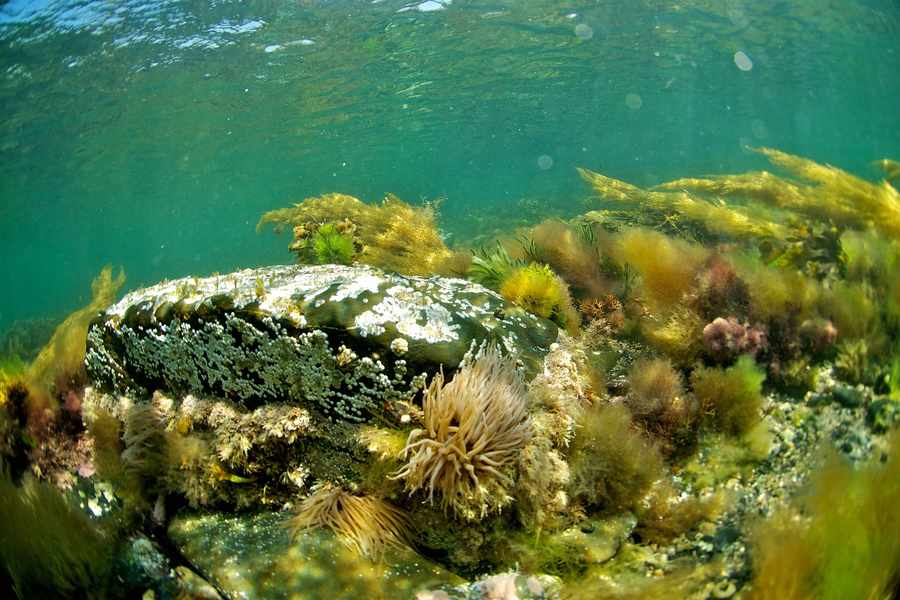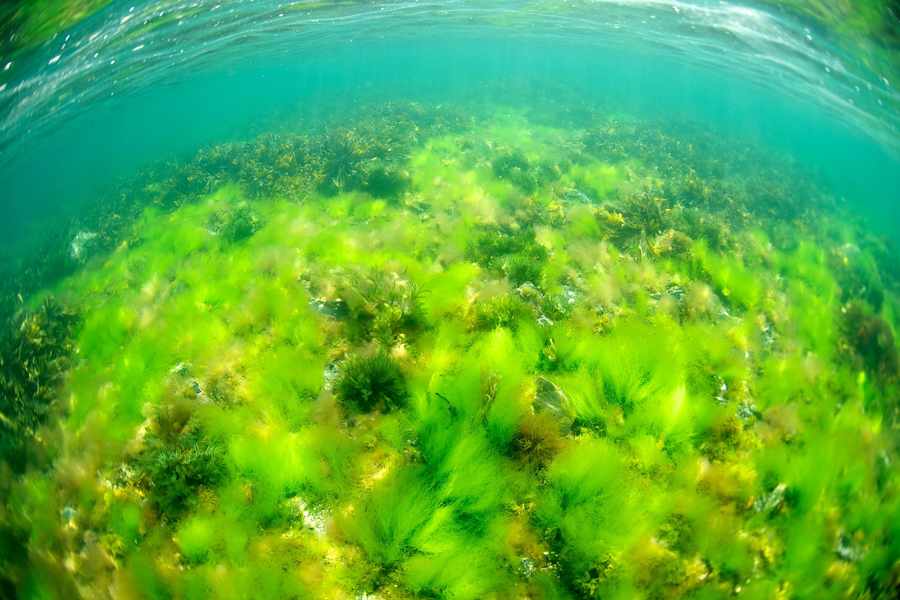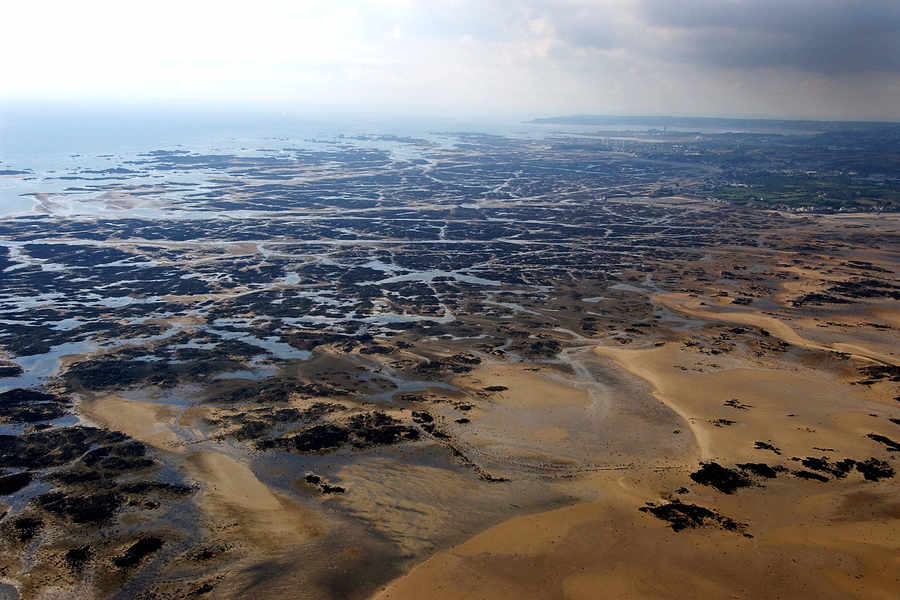- Island’s foreshore and seabed – owned by the Crown – due to be transferred to the public of Jersey
- Historic Crown ownership includes all Island beaches and the seabed beneath Jersey’s territorial waters
- Crown to transfer ‘all such title rights and interests of the Crown in right of the Bailiwick of Jersey’
JERSEY’S territorial waters could be used for renewable energy projects following an historic decision by the Queen to give the seabed surrounding the Island to the public.
The States announced yesterday that ownership of all areas of Jersey’s foreshore and seabed are to be transferred from the Crown to public ownership.
The Island’s foreshore and seabed includes all of Jersey’s beaches and the seabed beneath its territorial waters, which stretch 12 miles out to sea.

The move will give the States more options for use of its territorial waters and could see areas of the seabed leased out for renewable energy projects.
It will also allow parts of the foreshore to be leased to the Ports of Jersey so the organisation can manage the harbours, piers and St Catherine’s breakwater.

‘The government of Jersey has expressed a view that ownership of the seabed and foreshore would assist effective management and economic development, particularly in the area of renewable energy projects,’ said the Lieutenant-Governor, General Sir John McColl.
‘Her Majesty wishes to support the interests and aspirations of the people of Jersey as expressed through their elected representatives.
‘The legal arrangements for gifting the seabed and the foreshore to the people of Jersey from the Crown are being finalised.’
Chief Minister Ian Gorst said it was ‘an historic development for the Island’ and a testament to its strong relationship with the Crown.
‘It is important for Jersey to have ownership of its seabed and foreshore, and I would like to express my gratitude on behalf of the public of Jersey for this decision,’ he said.
‘Islanders should be reassured that the transference of ownership of the foreshore and seabed will not affect our enjoyment of Jersey’s beaches and coastal waters, nor would it alter the Island’s constitutional relationship with the Crown.
‘Similarly, our existing obligations under international environmental conventions will remain unchanged.’
Some areas of the foreshore, including many Occupation structures, anti-tank walls and a small area of the seabed used for land reclamation, have already been transferred from Crown to public ownership in previous years.
Under the terms of the new agreement, the Ecréhous and the Minquiers reefs will remain in Crown ownership and all existing planning obligations will still apply.

The level to which Jersey’s territorial waters extend is defined by the Territorial Sea Act 1987 (Jersey) (Amendment) Order 2002. It specifies a series of geographical coordinates that show the seaward limit of the Island’s territorial waters, under which lies Jersey’s seabed.
The foreshore is defined as the land adjacent to Jersey between the level of the highest spring tide and the level of low tide surrounding the Island and those islets recognised as dependencies of Jersey.







